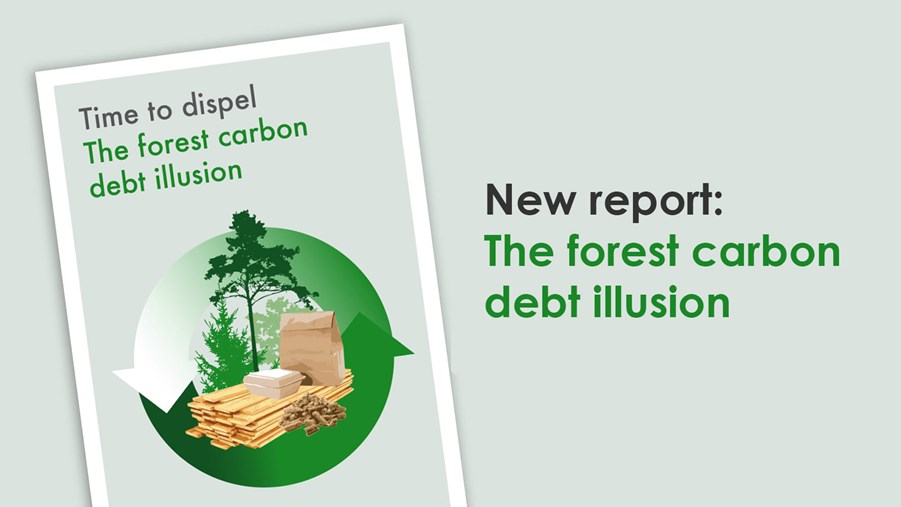
Increased fossil emissions also in the short term. That would be the result if Sweden were to reduce forestry and the use of wood. A new report seeks to broaden the current forest debate.
Forest research, including by the EU Joint Research Center and Chatham House, sometimes claims that wood harvesting leads to increased carbon dioxide emissions in the short term. Such conclusions are often founded in a narrow perspective of the forest-based sector, for example viewing the forest in isolation from the wood-based value chain, says Dr. Peter Holmgren who used to head up the work on climate change for FAO, now advisor on sustainable development.
- We must embrace the full picture of the forest-based sector to draw valid conclusions whether carbon dioxide increases or decreases. Further, we need to compare scenarios that span from active forest management to no harvest at all, and as far as possible base the analysis on real-world data, says Peter Holmgren.
In his report “The forest carbon debt illusion” he has analyzed carbon flows for different levels of forest management in Sweden and how these scenarios impact the atmosphere.
- Results show that the amount of atmospheric carbon dioxide would increase if we were to reduce forest management and the use of wood. This is not surprising at all in a long-term perspective – most experts agree that an unmanaged forest neither delivers wood for renewable products, nor can retain all the carbon that it takes up. What’s new is that this is true also in the short-term. Less wood-based products means that more fossil-based materials will be used instead. A temporarily increased net sink in the forest can’t fully compensate and the overall emissions will therefore increase, says Peter Holmgren.
Anna Holmberg, Director and Head of the Swedish Forest Industries’ Brussels office, asserts that the report’s conclusions are important for the transition from fossils to renewables, and for action towards more sustainable societies from this day.
- The report shows that the forest is a significant part of the solution, today and in the future. I encourage politicians to make clear decisions in favor of a growing circular bioeconomy, leading to a considerable reduction of atmospheric carbon.
The climate benefit from the Swedish forest is twofold. In part because the forest since many years has been actively managed, resulting in enhanced growth and a high net sink of carbon. In part as wood-based products – planks and boards, paper and carton, as well as bioenergy from residues – displace large quantities of fossil emissions. This is a major reason as to why Sweden has significantly reduced its fossil fuel dependence in recent decades.
One purpose with the report is to broaden perspectives, leave behind a debate focused on individual forest cuttings and instead take in the full picture of active forest management and wood-based products.
Emma Berglund, Forest Director International and EU Affairs at the Swedish Forest Industries concludes:
- Peter Holmgren’s analysis points to the need of more scientific studies of the forest-based sector’s climate influence, where one considers the entire value chain, including consequences for society as a whole. Some of today’s research treats forests as an isolated island when instead it should be seen as an integrated part in the circular biobased economy.

